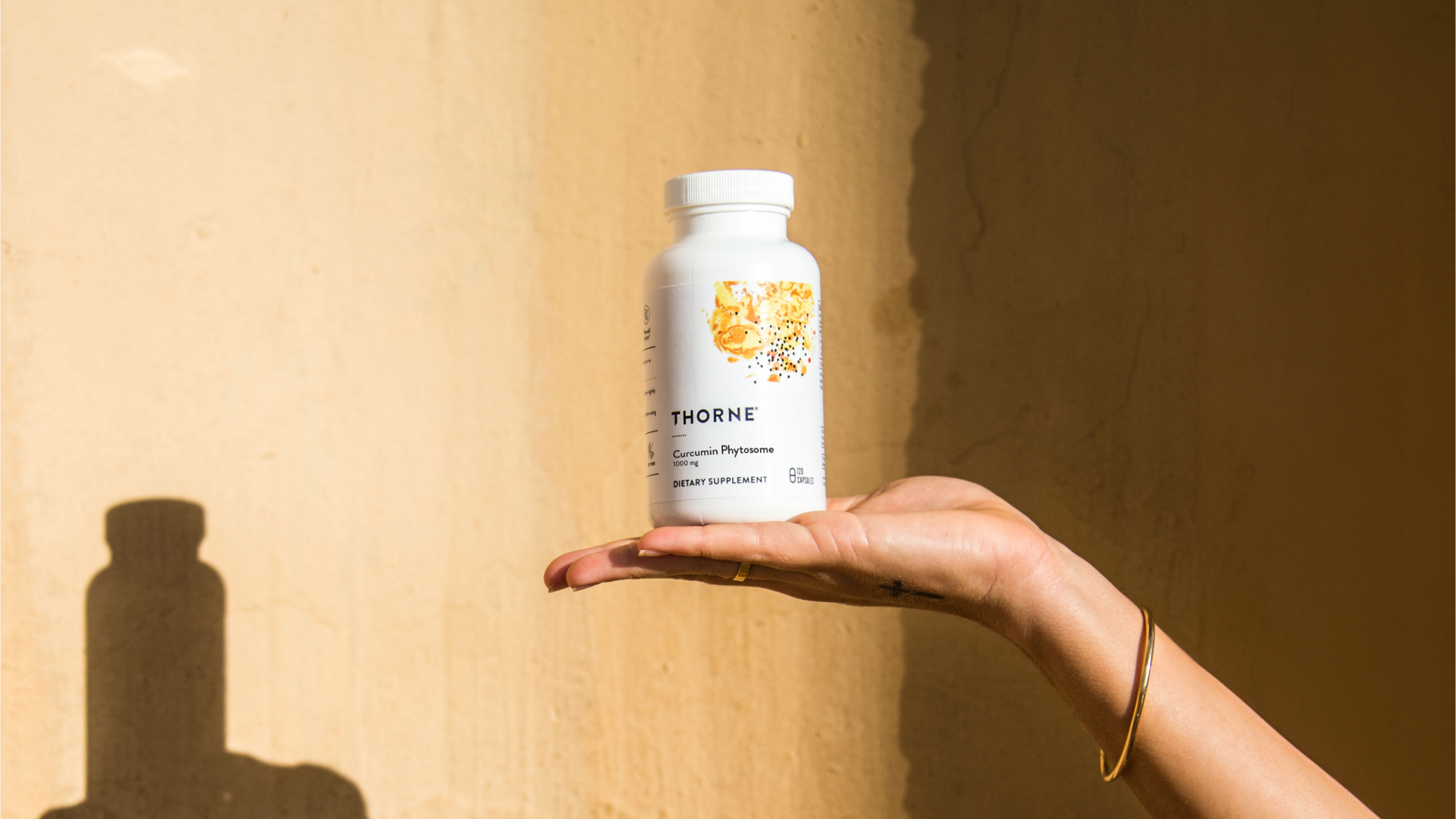People take supplements to improve or optimize their health. So what happens when you look at the label, and the ingredient list is filled with unrecognizable additives?

High-intensity interval training (HIIT) is popular for a reason: It provides numerous health benefits during workouts that are shorter than typical exercise routines. And it’s been shown to be safe for a variety of individuals, including older adults, patients with heart disease and type 2 diabetes, and individuals who are overweight.1 A research study at the Mayo Clinic found HIIT might slow aging on a cellular level.
But like any exercise routine, the key to reaping the benefits of HIIT exercise is learning how to do it safely without increasing the risk of injury.
Survey says: It “HIITs” the spot
HIIT is a type of training that alternates between higher-intensity and lower-intensity exercises during the same workout session. The purpose of HIIT is to raise your heart rate for a short period of time, then let it lower to recover – all while continuously moving.
For example, a HIIT session might look like this: A three-minute warmup, then four to six repetitions of a 30-second high-intensity exercise, followed by 60 seconds of light exercise (active recovery), ending with a three-minute cool-down. HIIT can include exercises that use your body weight, such as jumping jacks, burpees, push-ups, or mountain climbers. Or you can alternate between high- and low-intensity intervals while you bike, run, swim, or walk.1-5 The length and speed of each interval is determined by you and based on how you’re feeling that day.
Research shows that HIIT programs provide many of the same benefits as longer exercise routines – but in a shorter period, making it an attractive option when you’re pressed for time. HIIT workouts also burn more calories after your workout than moderate-intensity exercises, such as brisk walking or cycling on mostly level ground. Referred to as excess post-exercise oxygen consumption (EPOC), the post-exercise period lasts about two hours after you stop exercising. During this time, the body works to repair muscles and uses more energy. The high-energy nature of HIIT means more calories are burned in the EPOC period following a HIIT routine than after an activity, such as quick-paced walking.6,7
It’s important to note that, to date, no research has shown that HIIT is better for weight loss than other types of exercise. However, HIIT can lead to greater heart and lung (cardiorespiratory) fitness than longer, moderate-intensity exercises. And like exercise in general, HIIT has been shown to improve many components of health, such as:3,8
- The heart’s pumping strength
- Glucose tolerance and insulin sensitivity, especially in individuals with pre-diabetes or type 2 diabetes
- Fat metabolism
- HDL (healthy) cholesterol levels
- Mood and feelings of depression and anxiety
- Relief for low-back pain
Safely performing HIIT workouts
Although considered safe for most people, HIIT programs can involve complex movements or jumping, which can increase the risk of injury. For example, doing a squat incorrectly can injure the back, and burpees done with bad form can put the shoulders and wrists at risk.5 To avoid getting hurt, consider these tips:
- Take stock of your health. If you haven’t been exercising recently or have health issues, then speak with your health-care professional before starting a HIIT regimen.3
- Build a solid foundation for fitness. Some HIIT programs are demanding on your muscles, joints, ligaments, and tendons. Before your initial session, first build your “base fitness level.” A good base fitness level prepares muscles and tissues for more intense workouts. This includes aerobic and strength training for several weeks before beginning a HIIT program.2,6
- Take it slow. It’s important to know your limitations. To start, you might want to limit your HIIT workouts to once a week. As you build endurance, consider adding a second HIIT workout, making sure to spread the workouts throughout the week, with at least 48 hours in between.6,7
- Monitor for fatigue. When tired, you’re less likely to use proper form, opening yourself up to injury. So if you feel your form slipping, then it’s time to end the workout and pick it up another day.5
- Avoid jumping. Interval training doesn’t have to include high-impact exercises or complex movements. Instead, choose movements you like and can comfortably perform.4.5
- Consider a trainer. Correct form and precise movement patterns are vital to avoiding injury. If you’ve never done HIIT before, then you might want to seek guidance from an experienced trainer. A trainer can ensure that you maintain proper form and modify exercises to accommodate your abilities or health issues.4.5
- Make sure you’re not running on empty. As with any exercise, get enough sleep and proper nutrition to ensure your body has the energy it needs to safely perform.2
Although HIIT is a powerful tool, it’s only one part of a well-rounded exercise program. Be sure to incorporate moderate-intensity aerobic exercises and strength training on the days you’re not doing a HIIT workout.
Available upon request.
Share:
Related Posts

Thorne Celebrates 40 Years of Good Health
Maggie Chandler April 12, 2024 As it’s often said at Thorne, healthy ageing is a gift. It’s about embracing the way you feel, your experiences,

Healthy Coffee Alternatives: When to Quit Coffee & What to Drink Instead
Dr Thomas Wnorowski February 16, 2024 Key Points: Does the idea of quitting coffee make you feel all sorts of (terrible) things? It’s common. But

How Your Social Network Impacts Your Mental Health
Austin Ruff April 17, 2024 Humans are inherently social creatures. It’s in our nature to connect and want to be connected to the people around

Microbiota-Gut-Brain Axis: Behaviour and Dementia Implications
People take supplements to improve or optimize their health. So what happens when you look at the label, and the ingredient list is filled with

Gut Bacteria and GABA
People take supplements to improve or optimize their health. So what happens when you look at the label, and the ingredient list is filled with


